Apple-tree Melba: reproduction, care and description of the variety
In 1898, Canadian breeders introduced the world to a new fruit tree, which has gained immense fame for its fertility. The apple tree was named after the singer Nelly Melba, predicting her the same fame among gardeners.
Content
- Apple tree Melba: all the details
- How to plant a seedling correctly
- Secrets of caring for the Melba apple tree
Apple tree Melba: all the details
The variety is cultivated from the seeds of the Macintosh variety. Selection work was carried out in Ottawa at the Central Experimental Station. The result was so successful that now the apple tree distributed almost throughout Europe.
Such love for Melba is quite justified: under optimal conditions, she pleases with a bountiful harvest already 4-5 years after planting. The subtle differences between Canadian and European climates make the tree feel at home and thrive. Young plants bear fruit every year, old ones periodically.
Description of the Melba apple variety:
- Apple-tree Melba is low (no more than 3 m).
- The bark is brownish-orange.
- Shoots of medium thickness form a rounded crown.
- Light green leaves with a crenate edge are distinguished by an oblong, oval shape. On strong branches, they are convex, curved upward.
- In April, the tree is covered with large white-pink, with the addition of purple, buds. Several rounded closed petals are found on top of each other.
- Already at the end of summer, rather large (about 140 g), rounded-conical fruits ripen. The skin of light green apples with a striped pink blush is covered with a waxy coating.
It is impossible to forget the taste of the white fine-grained pulp. Lovers of the variety unanimously claim that a juicy fruit can replace sweets.
Fruit is harvested until October.
They are transported practically without losses. In a cold environment, they will last until November or even mid-winter. Nutritionists have noticed that excellent taste is not the only advantage of Melba apples. This is a whole storehouse of nutrients that are wonderfully balanced among themselves.
Fruit composition:
- Sugar - 10.5%
- Titratable acids - 0.78%
- Ascorbic acid - 13.4 mg / 100g
- P-active substances - 297 mg / 100g
- Pectins - 10.1%
If fresh fruit is nowhere to be stored for a long time, excellent drying results from them. Apple juice or compote is tasty and healthy. The Melba variety has found its fans for its high yield and early maturity.
How to plant a seedling correctly
Garden work begins before winter. It is important not to be late and plant the apple trees 30 days before the arrival of the real cold. The perfect time to disembark September or October is considered. Yablona will like it in a sufficiently lit area, sheltered from drafts.
Seedlings need preparation for planting. The crown is freed from foliage and tied. Thus, moisture evaporation is prevented.
Weak young apple trees are placed in water for 3 days. When planting trees in a hole, they are tied to a pre-hammered stake.
Fixing the plant securely, buried. As practice has shown, the Melba apple tree feels great on loam. On such soil, the tree will grow strong and will delight with abundant harvests.
When the soil on the site is different, suitable conditions are created artificially. For this, a hole is dug (depth - 0.8 m, diameter - 1 m). The bottom is covered with sand, peat chips and compost.
The planted tree is generously watered. Constant moisture is contraindicated for the seedling.If the groundwater at the planting site comes close to the surface, the roots will begin to rot and the plant will disappear. Adhering to the recommendations, it is not difficult to plant a young Melba apple tree.
Secrets of caring for the Melba apple tree
The tree does not require special attention. The main activities that will ensure the health of the apple tree:
- The formation of the crown of the seedling begins next spring, trimming it.
- Before flowering, in mid-April, the plant is protected from pests. It is sprayed with special mixtures twice: during the swelling of the buds and before the blooming of the buds.
- Periodically (especially in summer) a young tree is watered. At this time, fertilizing with fertilizers is unnecessary.
- For preventive purposes, the trunk is protected with whitewash. Such a simple event will prevent many diseases.
- The first feeding is done in the fall. Ash, potash substances or compost are added to the soil.
- For the winter, the trunk is closed, protecting it from hares and mice.
The variety is especially sensitive to scab. American breeders found a solution to the problem. They managed to cultivate a species resistant to this disease. The newly minted apple tree was named "Prima". Today, according to experts, this is one of the best fruit trees in the world.
Taking care of the seedling will allow you to taste the fragrant fruits in a few years.
Among breeders, the Melba variety is a symbol of consumer and commercial quality. Popular summer apple trees are loved in all regions.
More information can be found in the video.



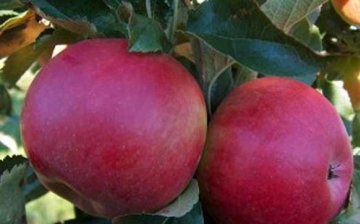
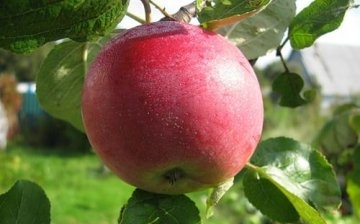

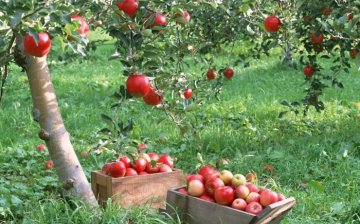




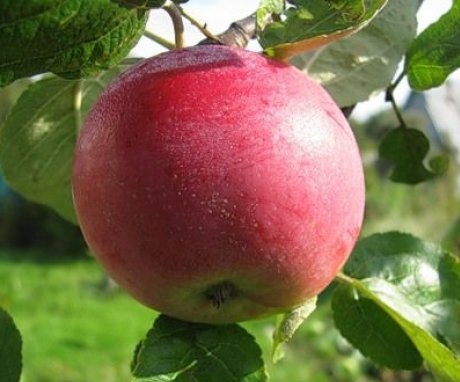

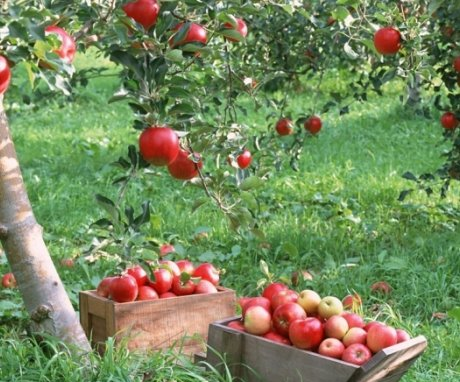
I wonder how Melba will feel on the ground, one and a half meters of dung land, on a rock ...
In our garden, there is also an apple tree of this variety. Melba apples, ripen in summer, they are very tasty, at least much better than White filling. Melba, unfortunately, does not last for a long time and we immediately eat apples, and preserve, close the apple compotes.